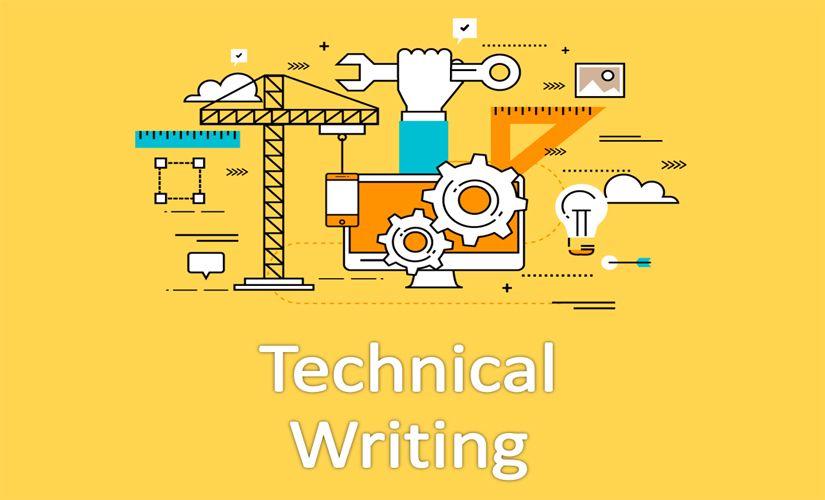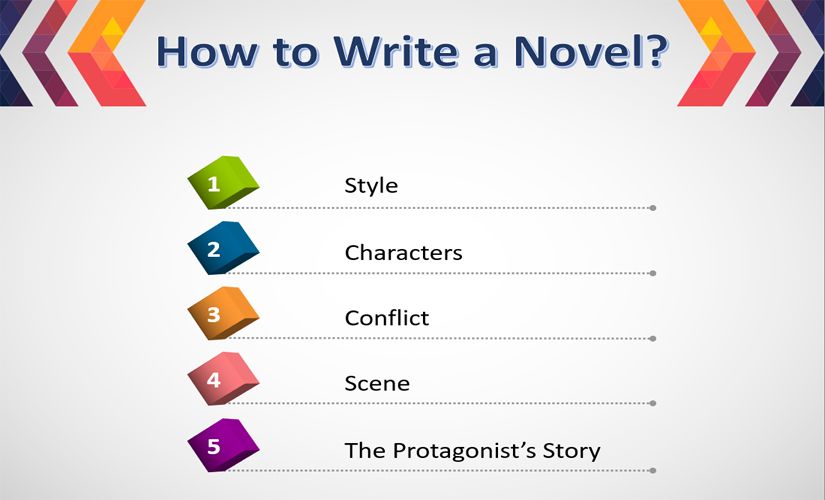Many writing techniques serve various purposes. For instance, some disciplines, like technology, physics, chemistry, and many others, require specific rules in writing papers. In particular, Technical writing is a type of writing that people use in their scientific works, similar to the persuasive strategies seen in logos in letter from birmingham jail. Also, people use this style in organizing scientific reports and other studies in the whole world. Hence, technical writing is a unique form of writing. Also, it depicts various levels of formality that suit the needs of audiences with some disparity in knowledge.
Definition of the Technical Writing
Technical writing does not have a clear-cut definition in basic writing strategies. Basically, technical writing may be described as one of the writing styles that cover the development of functional documents for a predefined purpose. In turn, a specific definition for this form of writing is lacking because functional documents are different depending on the industry or company. For instance, functional documents are broadly classified into three classes: instructional documents, manuals, and technical reports. In this case, a technical writer produces a variety of documents, which serve various purposes. Specifically, technical writing is a skill that allows an individual to communicate with an audience in an organized and well-structured format within a profession or across professions and successfully address their needs.

Formality
Two aspects restrict the extent of formality observed in technical writing. Firstly, the technical writer needs to be aware of the target audience because they define and limit the form of language and level of detail. In this case, the target audience has a certain level of knowledge concerning the topic of the document. It directly affects the nature of the language used and the presumptions of prior knowledge. Besides, a product’s technical report for experts in a field has a higher level of formality as compared to an instructional manual for consumers of the same product.
Structure and Layout
Secondly, the structure and layout of the document may influence the level of formality established by the technical writer. For example, an instructional document has a short and straightforward structure. However, technical writing has a complicated and lengthy structure. Additionally, the layout or template may force the technical writer to use short statements. These claims must not adhere to the ideal sentence structures required in formal writing, for example, a brochure layout. In turn, people cannot ignore basic punctuation and grammatical rules.
Application of the Technical Writing
Application of the technical writing approach is evident in specialized areas. For example, there is an inconsistency in the level of knowledge among parties involved in communication. Basically, writers bridge the gap between experts, intermediates, and novices in some form of communication. In this case, people act as translators or interpreters of complex information in a simplified and more readily understandable format, which ensures efficient communication. On the other hand, technical writers may extract information from various reliable sources and develop a relatively sophisticated and highly detailed output for experts. Notably, writers are responsible for top-bottom and bottom-top communication based on their level of knowledge. However, they play a crucial role in judging the type of information to the audience.
Conclusion
Technical writing prioritizes clarity in communication. In particular, there are different types of technical documents, and each targets a specific audience’s needs. Basically, the audience, structure, and layouts influence the nature of the output. Therefore, technical writers have the burden of deciding the content, level of formality, and format that communicates effectively to a particular audience.


